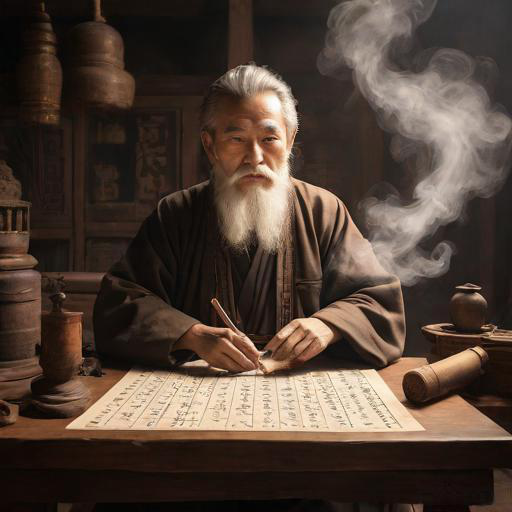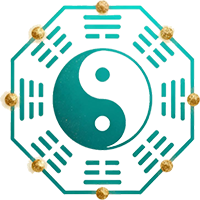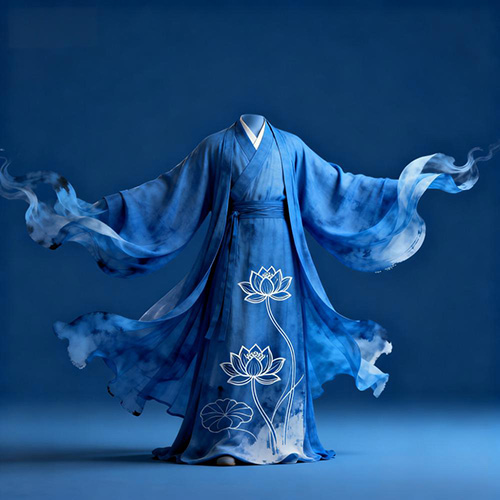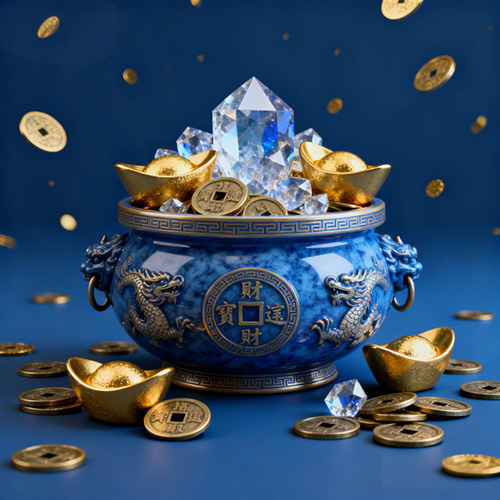Chinese Zen Clothing: Wearing Eastern Philosophy, Embodying a Walking Landscape
I. Origins & Evolution: From Monastic Robes to Everyday Aesthetics
1. Historical Context
-
Han & Tang Legacy: Inheriting ancient features like crossed collars (Jiaoling), right-side closure (Youren), and wide sleeves.
-
Song & Ming Elegance: Infused with the scholar's aesthetic of "simplicity as beauty."
-
Modern Transformation: Retains traditional forms while adapting to contemporary comfort needs.
2. Cultural DNA
-
Daoist "Harmony between Heaven and Human": Loose structures mirror the flow of nature.
-
Confucian "Doctrine of the Mean": Balanced, peaceful colors and cuts.
-
Buddhist "Mind Unfettered": A mindset of freedom unconstrained by form.
II. Decoding the Form of Zen Clothing
1. Core Structure
-
Crossed Collar & Right Closure: Symbolizes a cosmic order of Yin and Yang.
-
Wide Sleeves: Contain the wisdom of "inclusiveness and ease."
-
Flat Cutting: Embodies a philosophical attitude of "non-forced shaping."
-
Natural Materials: Cotton, linen, silk, and wool transmit the warmth of the earth.
2. Modern Adaptations
-
3D-Cut Meditation Wear: Balances traditional charm with freedom of movement.
-
Layered Zen Shirts: Create aesthetic depth with contrasting inner/outer colors.
-
Adjustable Cords: Practical philosophy of multi-purpose tying.
III. Occasions & Matching Mindset
1. Practice Settings
-
Meditation: Opt for unrestrictive, solid-colored styles.
-
Tea Ceremony: Suited for elegant, plant-dyed tones.
-
Calligraphy Practice: Practice uniforms with slightly tapered cuffs.
2. Daily Life Settings
-
Home Leisure: Breathable bamboo fiber loungewear.
-
Workplace Attire: Modified stand-collar jackets paired with inner long shirts.
-
Travel Wear: Wrinkle-resistant linen for layered outfits.
IV. Seasonal Dressing Philosophy
Spring (Growth): Grey-green + Moon White, with ramie shawls (like budding sprouts).
Summer (Flourish): Cloud-water Blue + Plain Gauze, using open-weave fabrics (like a gentle breeze).
Autumn (Harvest): Ochre + Sandalwood Brown, layered linen/cotton sets (like returning leaves).
Winter (Storage): Dark Blue + Deep Red, lined with silk-cotton padded jackets (like sunlight on snow).
V. Zen Accents with Accessories
1. Natural Materials
-
Bodhi Seed Mala Beads: A wrist-worn tool for mindfulness.
-
Bamboo Node Brooch: An elegant accent on the lapel.
-
Ceramic Sachet: A moving space of subtle fragrance.
2. Styling Taboos
-
Avoid Flashy Jewelry: Disrupts the "simplified tranquility" ethos.
-
Avoid Strong Perfume: Interferes with the presentation of natural scent.
-
Avoid Hard Decor: Contradicts the "soft and free" essence of the clothing.
VI. Modern Zen Clothing Brand Philosophies
1. Tradition Keepers
-
Hand-stitching: Each garment carries the artisan's warmth.
-
Natural Dye Revival: Using plants like indigo and sappanwood.
2. Innovative Practitioners
-
Tech Fabrics: Incorporating antimicrobial, temperature-regulating functions.
-
Modular Design: Detachable sleeves for multi-scene adaptability.
VII. The Practice of Washing & Storage
1. Cleaning Mindfully
-
Hand Wash Preferred: Water temperature below 40°C.
-
Natural Soap Pods: Preserve the fabric's original touch.
-
Dry in Shade: Maintain the soft luster of plant dyes.
2. Storage Wisdom
-
Roll, Don't Fold: Avoids stubborn creases.
-
Sandalwood Chest Storage: Combines mothproofing with scenting.
-
Regular Air-Out: Let the garments breathe the air.
Conclusion:
The true significance of wearing Zen clothing lies not in a retro appearance, but in reaching a reconciliation with oneself through attire. The moment we tie the cord, we remind ourselves: maintain a spine straight like a pine tree, keep a heart open like the sea, and guard a state of unhurried composure within the bustling city. What these cloth garments wrap is not just the body, but a gentle tribute to the authenticity of life.




